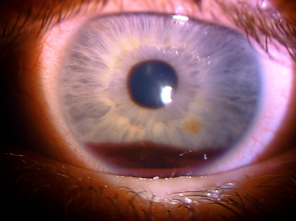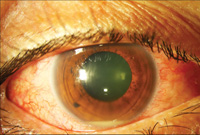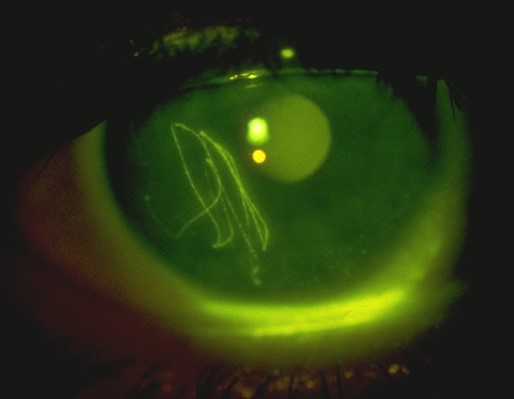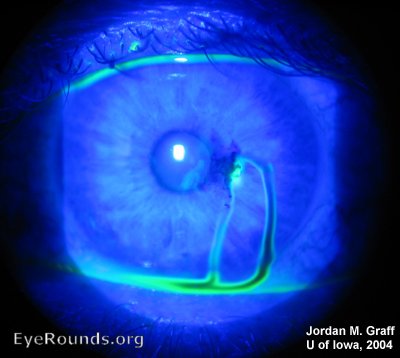Adrenal Crisis Loss of mineralocorticoid and/or glucocorticoid production. Dysfunction is at level of pituitary (secondary or tertiary cause) or the adrenals (primary) with multiple causes:
autoimmune
suppression from exogenous hormone use
hemorrhage
tumor
infection
Clinical picture:
abdominal pain
vomiting
diarrhea
hypotension
refractory shock
fever
confusion
Chronic insufficiency will also give: weight loss, fatigue, arthralgia, myalgia, anorexia, mood change, syncope history, salt cravings, hyper pigmentation, vitiligo
Fever, shock, and confusion sounds like septic shock can labs help?
**for adrenal crisis a random cortisol level below 3 μg/dl (80 mmol/L) is diagnostic but will not be low in all cases
other labs you can expect to find, hypoglycemia, hyponatremia, hyperkalemia, elevated BUN creatinine, hypo-osmolarity
Treatment:
supportive measures
stress dose steroid hydrocortisone 100mg IV Q6
Bottom line -in your patients with refractory shock send cortisol level and give stress dose steroid
-consider this diagnosis in patients with autoimmune history, recently postpartum, chronic steroids, Sepsis with no source,
Disposition:
ICU











